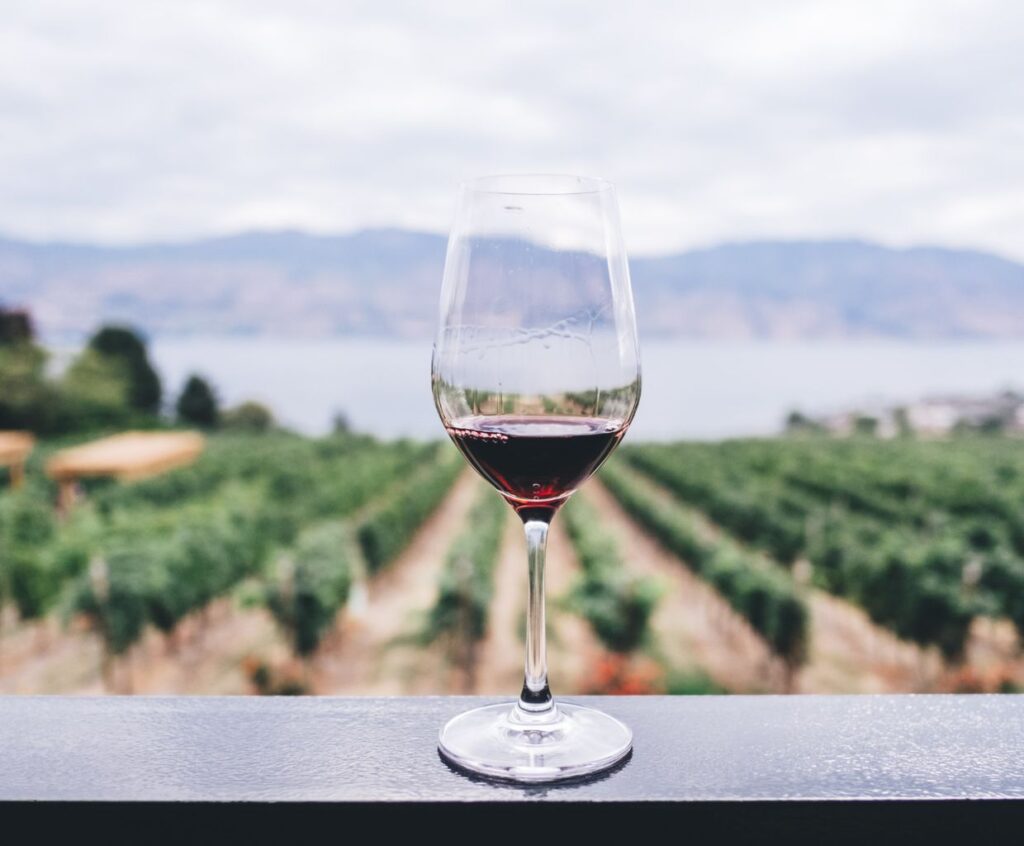When Wine Turns Brown: Understanding the Causes and Solutions for Oxidation
Welcome to our article on understanding the causes and solutions for oxidation in wine. Suppose you are a wine enthusiast or enjoy a glass of wine occasionally. In that case, you may have encountered a situation where your wine has turned brown instead of maintaining its vibrant color. This can be unpleasant, especially if you are looking forward to enjoying a fresh and flavorful glass of wine.
Oxidation is a common problem in the wine industry and can occur for various reasons. Understanding what causes this process and how it can be prevented or minimized is essential. This article will explore the primary causes of wine oxidation and provide solutions to help you enjoy your wine to the fullest.
Causes of Wine Oxidation
1. Exposure to Oxygen
One of the leading causes of wine oxidation is exposure to oxygen. When wine comes into contact with air, the oxygen molecules react with the wine’s compounds, leading to chemical changes. This can result in the wine losing its freshness, vibrant color, and flavors.
2. Faulty or Damaged Corks
Corks are crucial in sealing wine bottles and preventing oxygen from entering. However, if the cork is faulty or damaged, air can seep into the bottle, causing oxidation. It is essential to store your wine bottles in a cool, dark place with proper humidity levels to ensure the corks stay intact.
Solutions to Prevent Wine Oxidation
1. Proper Storage
Storing your wine bottles in a cool, dark place with a consistent temperature can minimize the risk of oxidation. Avoid exposing them to direct sunlight or extreme temperature fluctuations, as they can accelerate the oxidation process.
2. Use Wine Preservation Tools
If you don’t finish a bottle of wine in one sitting, consider using wine preservation tools to remove excess air from the bottle. Vacuum pumps and inert gas systems can create a protective barrier between the wine and oxygen, keeping it fresh for an extended period.
3. Drink Younger Wines
Wines that are meant to be consumed young are less susceptible to oxidation. While some wines improve with age, others are best enjoyed within a shorter timeframe. Understanding the aging potential of different wines can help you choose the suitable bottles to prevent oxidation.
What recommended solutions or interventions for restoring oxidized wine to its original quality?
Restoring oxidized wine to its original quality can be challenging, but a few recommended solutions or interventions can be tried. The success of these methods can vary depending on the specific wine and the extent of oxidation. Here are some commonly suggested approaches:
1. Decanting: Pouring the oxidized wine into a decanter and allowing it to breathe for some time may help reduce oxidized flavors. This method is more effective for mildly oxidized wines and may not work for heavily oxidized wines.
2. Aeration: If decanting alone doesn’t yield satisfactory results, using an aerator or a wine blender can introduce more oxygen into the wine, potentially helping to alleviate some of the oxidative characteristics. However, excessive aeration can further worsen the wine, so caution is necessary.
3. Blending: When the oxidized wine is beyond repair, blending it with a non-oxidized wine of similar style or grape variety can help salvage the batch. This method is commonly used in wineries to minimize losses.
4. Wine restoration products: Some commercial products claim to restore oxidized wine by binding with the oxidized compounds and reducing their impact on flavor. These products often contain ingredients like ascorbic acid or powdered tannins. The success of these products may vary, and it’s essential to follow the instructions provided carefully.
5. Seeking professional help: Sometimes, consulting a professional winemaker or sommelier might be the best option. They may have advanced techniques or access to specialized equipment to restore oxidized wine. However, this option can be expensive and may not always guarantee success.
It’s important to note that while these interventions may improve the quality of slightly oxidized wines, they cannot fully reverse extensive oxidation. Prevention is always the best approach, ensuring proper storage conditions and minimizing exposure to oxygen. If a wine is severely oxidized, it may be best to accept the loss and move on to a new bottle.
How can wine enthusiasts identify signs of oxidation in their bottles and differentiate them from other potential wine faults?
Wine enthusiasts can look for a few key signs to identify signs of oxidation in their bottles and differentiate them from other potential wine faults. Here are some tips to help you:
1. Color Change: Oxidized wines often have a brownish or amber hue, especially in white wines. Please pay attention to any significant color changes that can indicate oxidation.
2. Aroma: Oxidized wines tend to have a flat or dull aroma. The fruitiness may be diminished; instead, you may detect nutty or sherry-like aromas. If the wine smells stale or like vinegar, it could indicate other faults.
3. Taste: Oxidation affects the flavor profile of the wine. Oxidized wines can taste flat, lacking the vibrant fruit flavors they should have. Instead, you may notice flavors like caramel, nuts, or even cardboard. Other faults like cork taint or bacterial contamination may have different off-flavors.
4. Mouthfeel: Oxidized wines often have a watery or thin mouthfeel. They lack the usual roundness and complexity that well-preserved wines possess.
5. Visual Clues: Look for signs of leakage or seepage around the cork or the capsule. This could indicate excessive exposure to air and potential oxidation.
It’s essential to be familiar with other common wine faults and their characteristics to differentiate oxidation from other faults. For example, cork taint (TCA contamination) can cause musty, wet cardboard aromas and flavors.
Bacterial contamination can lead to vinegar-like or sour notes. Sulfur-related faults can produce unpleasant smells like rotten eggs or burnt rubber. By understanding these faults, you can better distinguish oxidation from other issues.
Additionally, it’s helpful to compare the wine with a fresh, properly stored bottle of the exact wine. This can give you a reference point to identify any significant deviations or faults in the wine.
Remember, wine faults can have overlapping characteristics, so relying on multiple indicators is best before making a final judgment. If in doubt, seeking the opinion of a knowledgeable wine professional can provide further guidance.
When Wine Turns Brown – Conclusion
Oxidation can significantly impact the quality and taste of wine. By understanding the causes of oxidation and implementing preventive measures, you can ensure that your wine remains fresh and enjoyable.
Remember to store your wine correctly, check the quality of corks, and consider using wine preservation tools when needed. Cheers to a perfectly preserved and delightful glass of wine!





